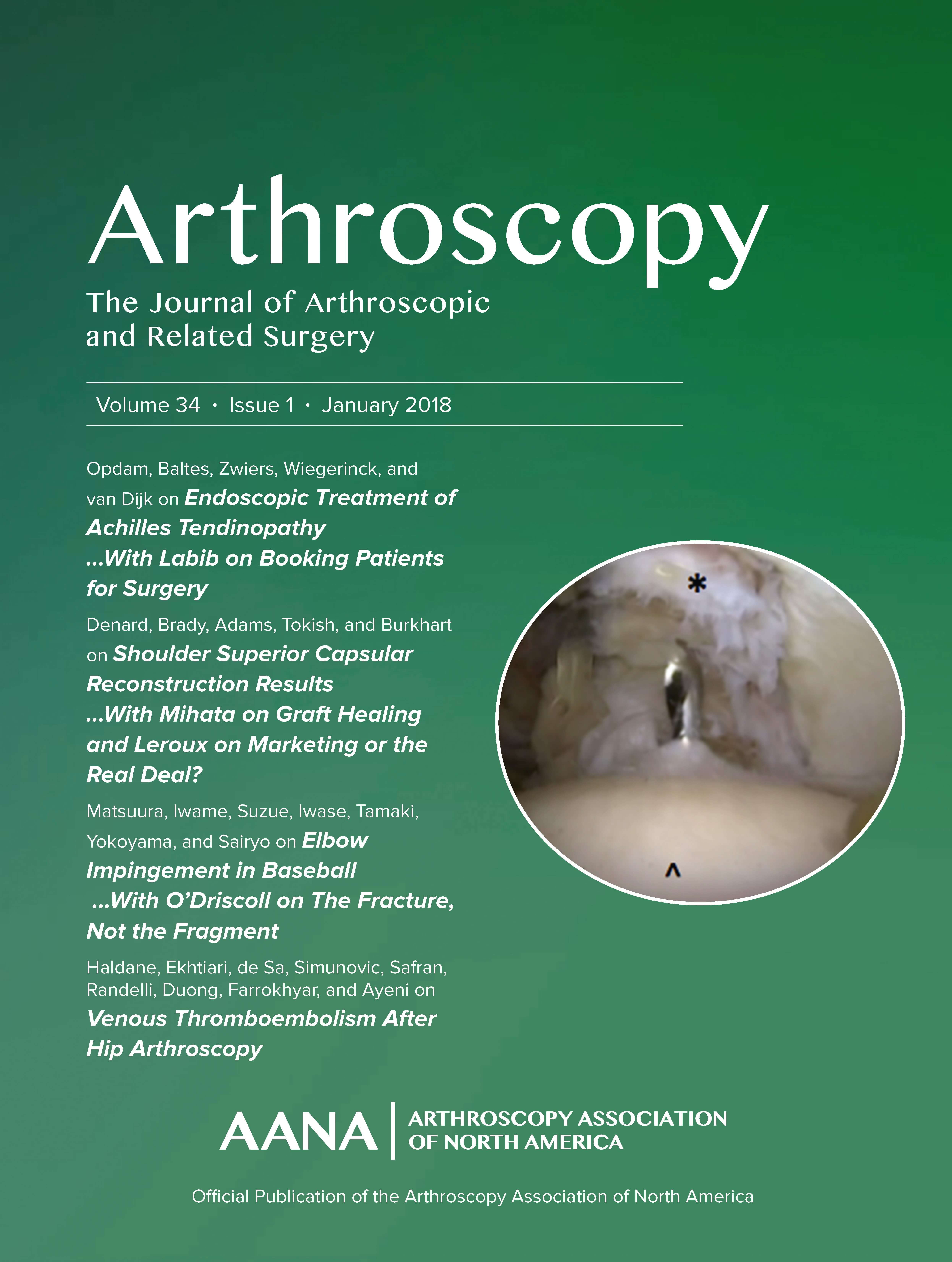
Anterior Cruciate Ligament Reconstruction Using Patellar Tendon Versus Hamstring Tendon

Anterior Cruciate Ligament Reconstruction Using Patellar Tendon Versus Hamstring Tendon
Anterior Cruciate Ligament Reconstruction Using Patellar Tendon Versus Hamstring Tendon: A Prospective Comparative Study With 9-Year Follow-Up
The Journal of Arthroscopic and Related Surgery, Vol 27, No 5 (May), 2011: pp 653-665.Did you know you're eligible to earn 0.5 CME credits for reading this report? Click Here
Synopsis
71 patients with an acute rupture of the anterior cruciate ligament (ACL) were randomized to receive either a bone-patellar tendon (BPT) or a quadruple hamstring tendon (HT) for ACL reconstruction, using an anatomic, non-press fit (non implant) technique. Clinical results from the international knee documentation committee and results from kneeling, knee walking and a single-leg hop test demonstra...
To view the full content, login to your account,
or start your 30-day FREE Trial today.
FREE TRIAL
LOGIN
Forgot Password?
Explore some of our unlocked ACE Reports below!

Learn about our AI Driven
High Impact Search Feature
Our AI driven High Impact metric calculates the impact an article will have by considering both the publishing journal and the content of the article itself. Built using the latest advances in natural language processing, OE High Impact predicts an article’s future number of citations better than impact factor alone.
Continue



 LOGIN
LOGIN

Join the Conversation
Please Login or Join to leave comments.